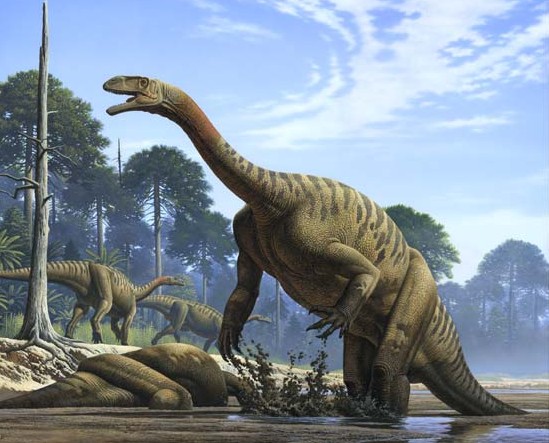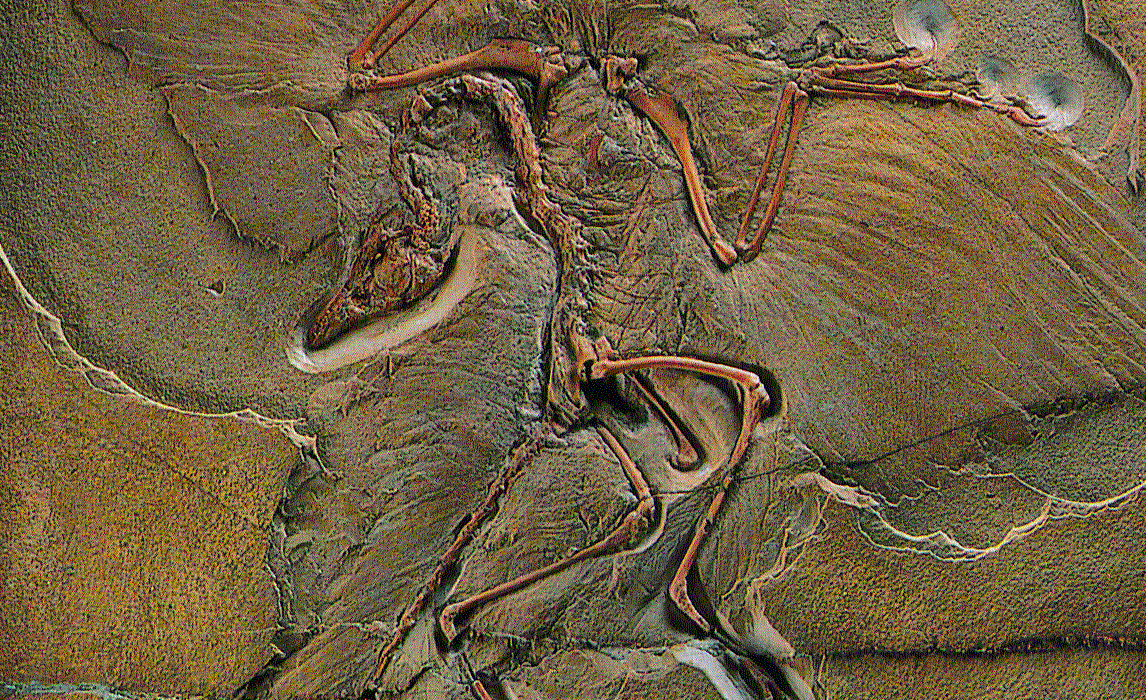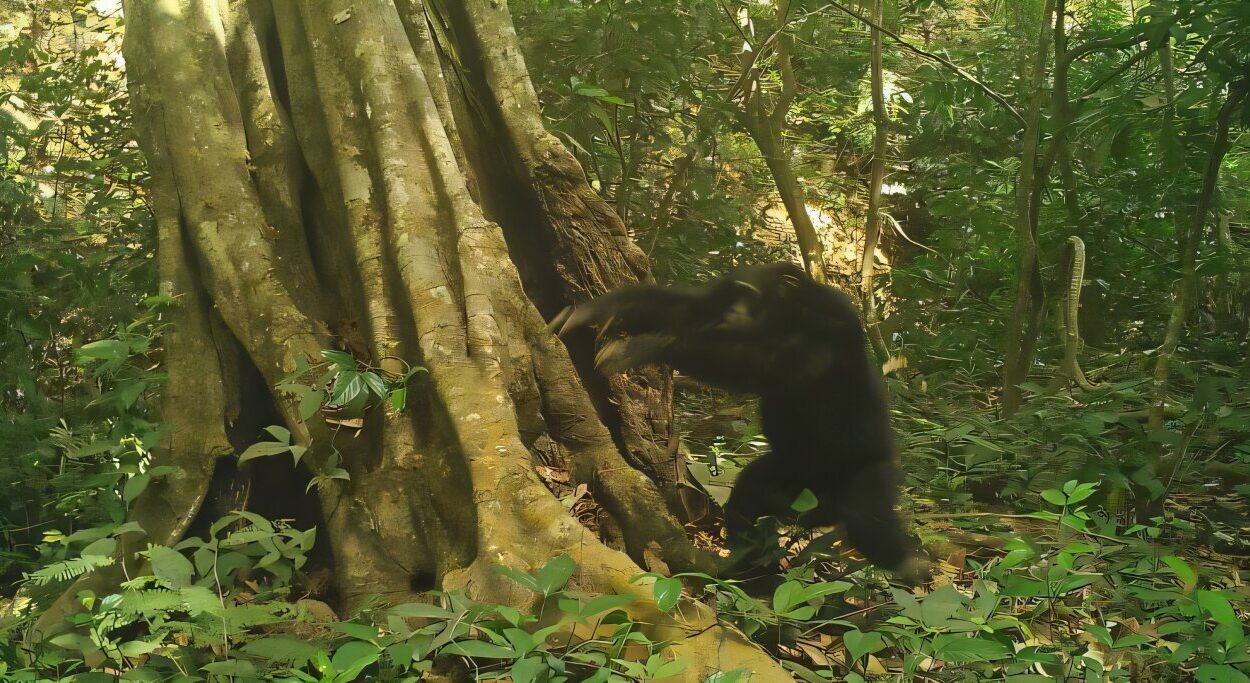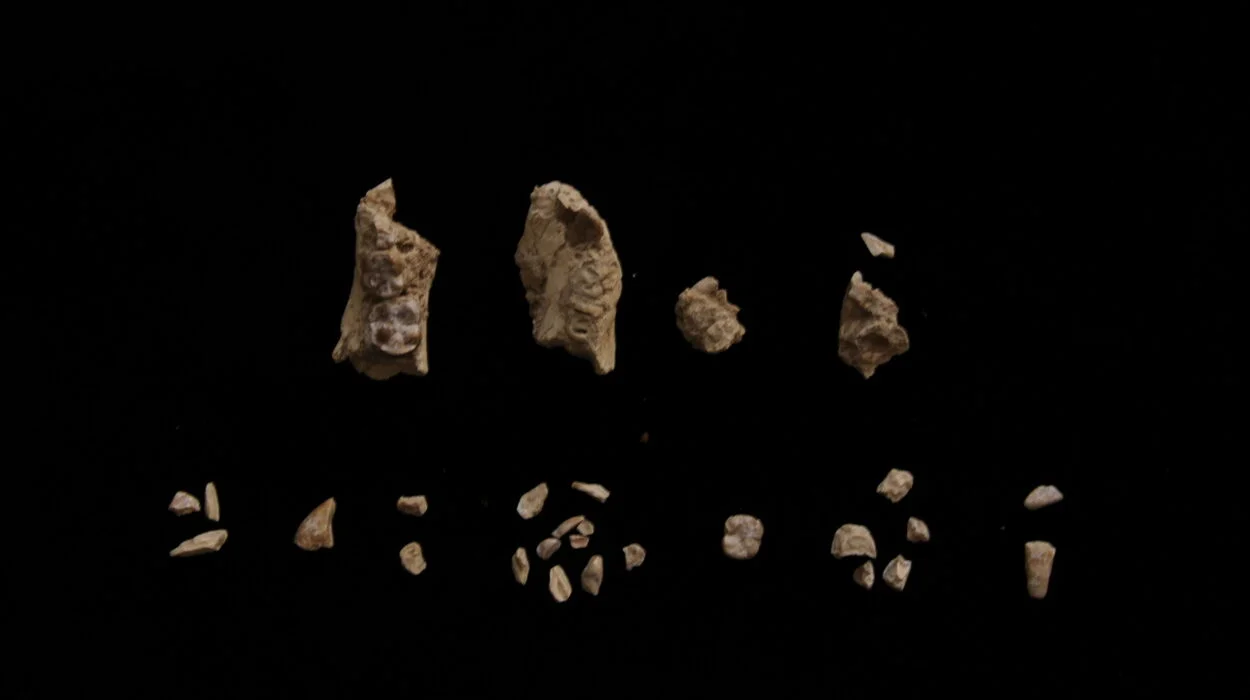Roughly 252 million years ago, Earth was on fire.
Oceans turned toxic. The atmosphere choked with carbon. More than 80% of marine life and over half of all land-dwelling creatures perished in the cataclysmic end-Permian mass extinction—the deadliest event in our planet’s history. What emerged from the ashes wasn’t just survival. It was evolution, rerouted.
Now, a groundbreaking study reveals that some of the earliest ancestors of dinosaurs and crocodiles didn’t just endure this global devastation—they conquered it. These hardy reptiles, known as archosauromorphs, managed to migrate up to 10,000 miles across a blisteringly hot, supposedly lifeless stretch of supercontinent Pangaea once dismissed as a “tropical dead zone.”
Published in Nature Ecology & Evolution, the research led by scientists from the University of Birmingham and the University of Bristol introduces a powerful new method for decoding ancient geography and evolutionary movement. Their model, which they aptly named “TARDIS” (in homage to the time-traveling machine from Doctor Who), allows paleontologists to glimpse the pathways of prehistoric creatures as they crossed the fractured terrains of deep time.
“We used to think these parts of the world were totally uninhabitable after the extinction,” said Dr. Joseph Flannery-Sutherland, corresponding author of the study. “But these animals were resilient, moving across continents in searing, inhospitable climates.”
Life After Death: The Rise of the Archosauromorphs
To appreciate just how extraordinary this migration was, you have to understand what Earth looked like during the early Triassic period. The continents were fused into a single landmass—Pangaea. Temperatures in the tropics likely soared above 60°C (140°F) on land, creating an enormous equatorial belt many scientists believed was too deadly for complex life to traverse.
But archosauromorphs—small, lizard-like reptiles with sharp claws and keen senses—defied expectations. From their scattered fossil remains, scientists knew they survived. What hadn’t been understood until now was just how far they traveled and how important that journey was to shaping the ecosystems of the future.
“Our results suggest that these reptiles were much hardier to the extreme climate of the Pangaean tropical dead zone,” said Flannery-Sutherland. “It’s likely that this ability to survive the inhospitable tropics may have conferred an advantage that saw them thrive in the Triassic world.”
And thrive they did. These creatures would give rise to some of the most iconic and dominant forms of life in Earth’s history: the dinosaurs, the pterosaurs, and the crocodilians.
A Journey Told by Gaps
Strangely, the revelation didn’t come from an abundance of fossils—it came from their absence. Gaps in the fossil record often frustrate paleontologists, but here, they became part of the story.
“Amid the worst climatic event in Earth’s history, where more species died than at any period since, life still survived,” said Flannery-Sutherland. “Gaps in the archosauromorph fossil record have increasingly begun to tell us something about what we weren’t seeing.”
To investigate what was happening in those mysterious voids, the team constructed a new modeling system that integrated fossil data, reconstructed ancient terrains, and evolutionary family trees. The result was a spatiotemporal simulation—a TARDIS for paleobiology—that enabled them to infer how and where these reptiles could have moved during a time of unprecedented ecological upheaval.
How to Walk Through Hell and Survive
According to the team’s findings, archosauromorphs didn’t just cling to the edges of habitability. They marched straight into the inferno. The model suggests they crossed thousands of miles of superheated deserts and barren plains to reach new, more habitable ecosystems on the other side of the planet.
Their success in doing so may explain why they—and not other groups of reptiles—rose to dominate Earth’s ecosystems during the Triassic period.
“It’s not just about who survived the extinction,” explained Professor Michael Benton from the University of Bristol, co-author of the study and a leading authority on mass extinctions. “It’s about who could move, adapt, and take advantage of new environments. Evolution isn’t static—it’s dynamic, especially after cataclysm.”
While previous models struggled to account for how climate and geography shaped the fate of ancient organisms, the team’s approach represents a leap forward. “By combining the fossils with reconstructed maps of the ancient world, in the context of evolutionary trees,” Benton said, “we provide a way of overcoming these challenges.”
Why This Story Matters Today
Though this research is rooted in the ancient past, its implications resonate in the present. Today, climate change is once again redrawing the map of habitability on Earth. Understanding how early life forms responded to extreme conditions in the aftermath of a mass extinction may help scientists predict how modern species could adapt—or fail to adapt—in the face of a rapidly warming planet.
“We often think of the past as fixed, but studies like this show us just how dynamic, how full of surprises, our planet’s history really is,” said Flannery-Sutherland.
And in those surprises, there is hope. If ancient reptiles could endure the worst extinction event the world has ever seen and then reshape ecosystems for millions of years to come, perhaps the biosphere is more resilient than we think—given time, adaptation, and the chance to migrate.
The Ancient Road to the Age of Dinosaurs
The image is arresting: tiny, tenacious creatures trudging through a scorched, lifeless wilderness, traveling thousands of miles under a sky burning with heat, all to carve out a new chapter for life on Earth.
It’s not a scene from science fiction. It’s a story buried in stone, told by ancient bones and the absence between them, now revealed by science that bridges time itself.
And it’s a reminder that every fossil, every fragment, every forgotten gap in the record may still have something to teach us—not just about the past, but about where we’re headed next.
Reference: Landscape-explicit phylogeography illuminates the ecographic radiation of early archosauromorph reptiles, Nature Ecology & Evolution (2025). DOI: 10.1038/s41559-025-02739-y






